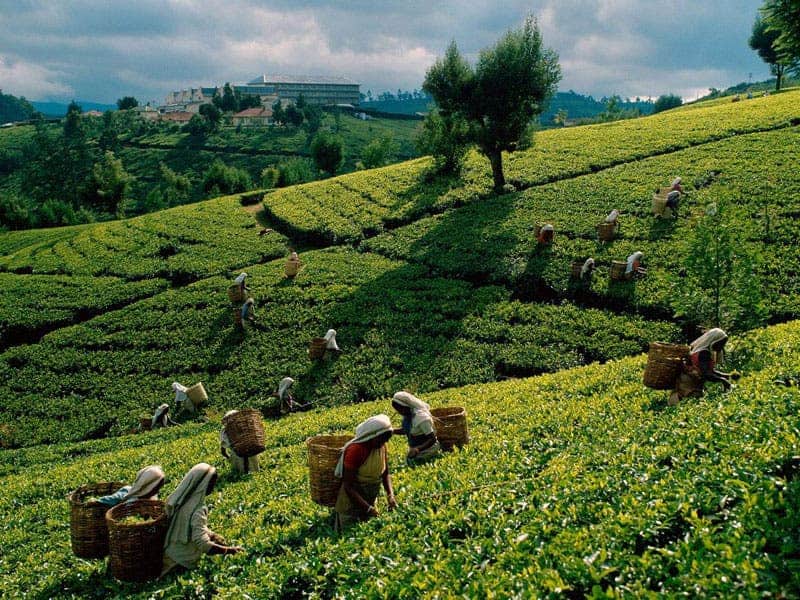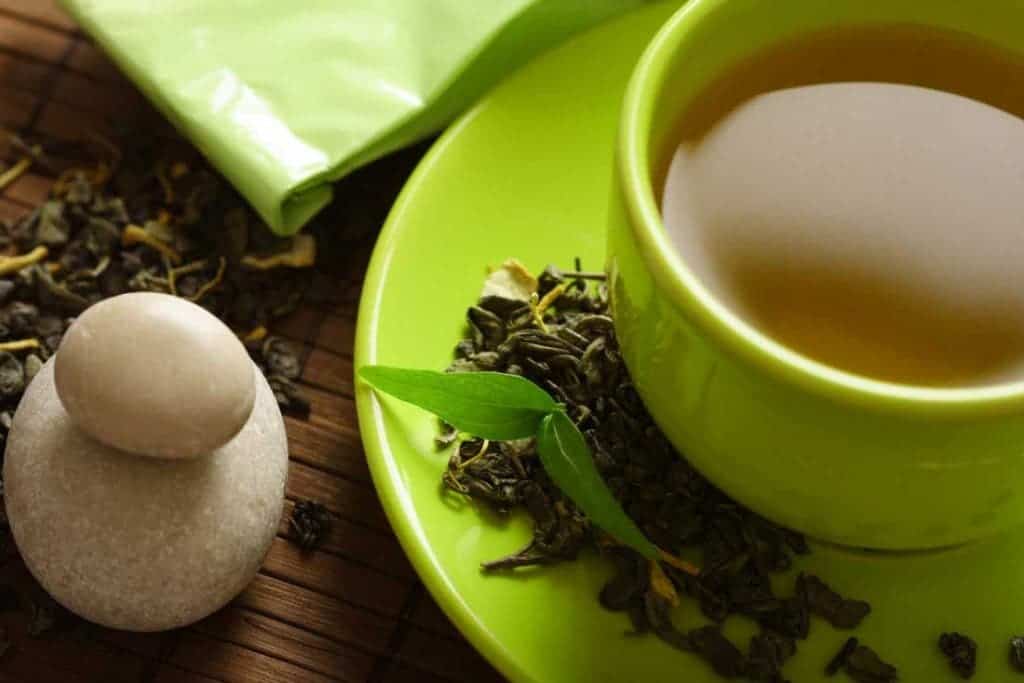Climate change has many unexpected consequences – as a research has shown yet again. This time, a team of Montana scientists have shown that the tea flavors are changing, mainly as a result of shifting rainfall patterns. This variability can jeopardize the livelihood of tea growers and has significant effects on the end product we drink.

Tea is the most consumed beverage in the world – after water, of course. Its consumption equals all other manufactured drinks in the world – including coffee, chocolate, soft drinks, and alcohol – put together. The total consumption is estimated 3.21 million tonnes annually and in the United States, tea purchases have increased for 20 consecutive years and annual sales have surpassed $2.2 billion, with 160 million Americans drinking tea every single day. So naturally, any changes that affect tea affect a huge number of people.
“Climate change is impacting agro-ecosystems, crops, and farmer livelihoods in communities worldwide. While it is well understood that more frequent and intense climate events in many areas are resulting in a decline in crop yields, the impact on crop quality is less acknowledged, yet it is critical for food systems that benefit both farmers and consumers through high-quality products”, the study reads.
Selena Ahmed, lead author of the study, found that major antioxidant compounds that determine tea properties – including epigallocatechin, epigallocatechin gallate, epicatechin gallate, gallocatechin gallate, catechin, and gallic acid – can rise and fall by up to 50 percent! The change is big enough to not only affect the taste, but also the nutritive properties of the beverage. Ahmed, from Montana State University, conducted the research in an area of southwest China, where the changes are most likely representative.
Researchers collected samples during two extreme (opposite) weather events – a severe drought and a very powerful monsoon. They conducted chemical samples and also asked experienced tea growers about the quality of the tea they grew during these events. The interviews revealed that the vast majority of people considered tea grown during the monsoon period to be inferior to the one grown outside of that period. The chemical analysis confirmed this – antioxidant levels were observed to be lower during the monsoon period. More tea was grown, but the quality was lower.
“The increase in precipitation that occurs with the seasonal transition from the spring drought to the monsoon tea harvests results in an increase in tea yields and a decrease in functional quality”, Selena further writes.

This has significant impact not only on the farmers’ livelihoods, but also on the end consumers, which get significant quantities of antioxidants from tea.
“Extrapolating findings from this study with climate scenarios suggests that tea farmers will face increased variability in their livelihoods with the increased prevalence and intensity of extreme droughts and heavy rains associated with climate change,” Ahmed explained. “The study has compelling implications not only for tea, but also for all other food and medicinal plants for which changes in weather patterns can alter flavor and nutritional and medicinal properties.”
It is well known that tea (especially green tea) contains antioxidants such as polyphenols in green tea can help prevent cardiovascular disease, burn calories and even ward off some types of cancer. Furthermore, green tea in general (as well as many other types of tea) is associated with a healthier lifestyle and can help regulate body temperature and blood sugar, encourage digestion and even sooth the mind.
Journal Reference: Selena Ahmed, John Richard Stepp, Colin Orians, Timothy Griffin, Corene Matyas, Albert Robbat, Sean Cash, Dayuan Xue, Chunlin Long, Uchenna Unachukwu, Sarabeth Buckley, David Small, Edward Kennelly. Effects of Extreme Climate Events on Tea (Camellia sinensis) Functional Quality Validate Indigenous Farmer Knowledge and Sensory Preferences in Tropical China. DOI: 10.1371/journal.pone.0109126


